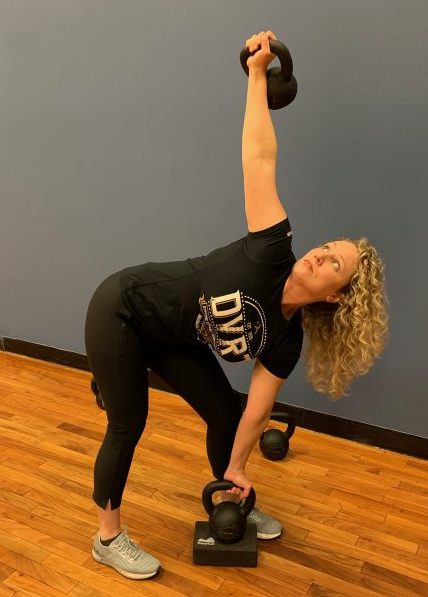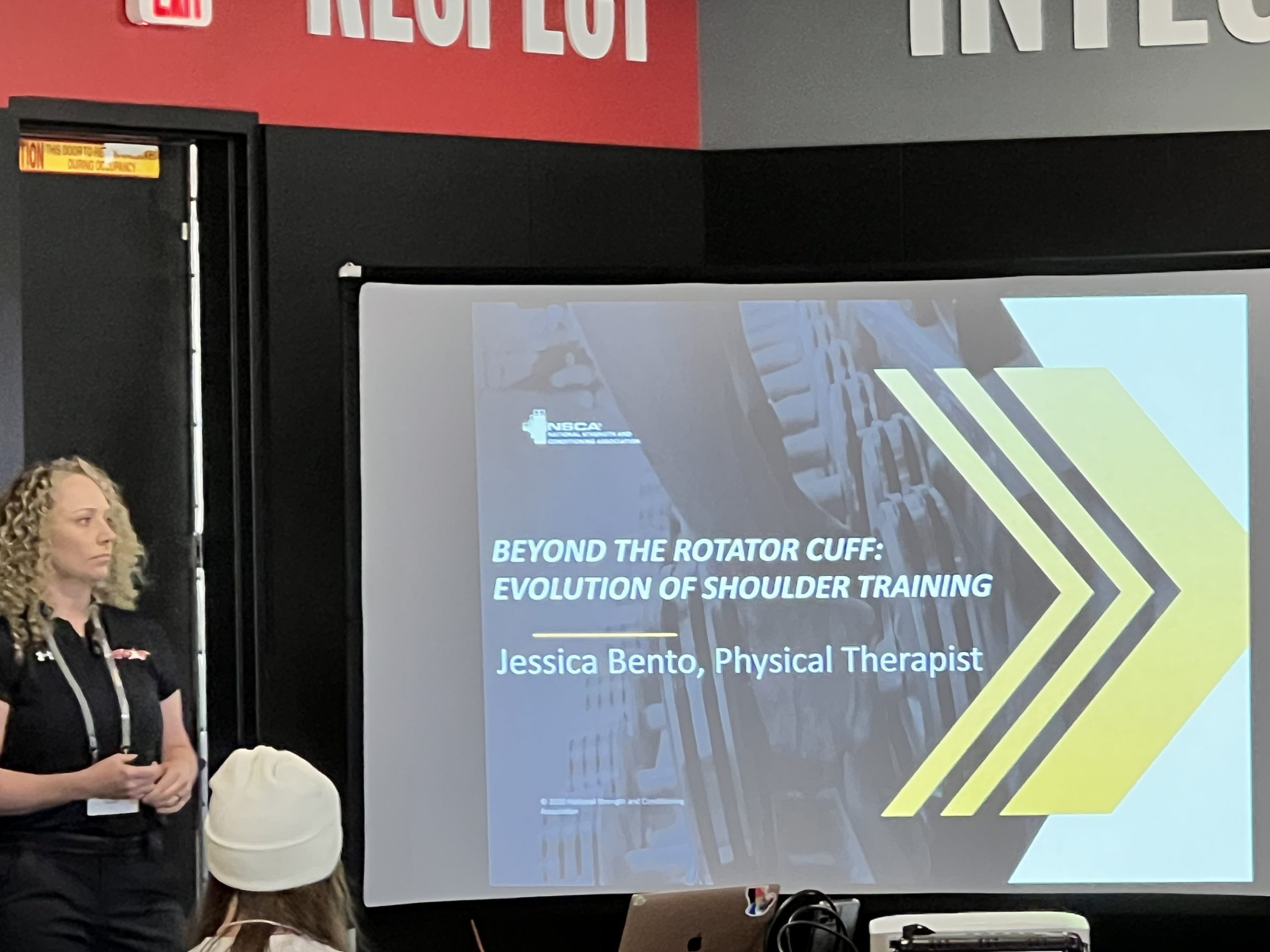The Most Common Mistakes In Helping Build Strong & Pain Free Shoulders
2025-01-5
Jessica Bento, Physical Therapist (Creator DVRT Restoration Certification, DVRT Rx Shoulder, Knees, Pelvic Control, & Gait Courses)

Yes, I have spoken about shoulders A LOT and to be honest, I am still surprised at how many people still fall into the common errors of building strong and pain free shoulders. I’ll admit it, it is so much easier to do what people SAY to do online, but if it worked we wouldn’t see such a high re-occurrence of shoulder pain (over 50% see a flare up 18 months after initial injury).

That means if you thought the issue was JUST building strength of this or that muscle, or a special shoulder mobility exercise, or even that you had to make sure your last rib moved about 3 degrees when you breathed in (yes, I’ve heard people suggest such things), then you are missing the bigger picture.
Not Just Your Shoulder
I wish I could go to the top of the roof tops of fitness, therapy, and performance training to shout that one of the BIGGEST keys in building pain free shoulders is realizing that our shoulders aren’t only about our shoulders. When you look at the design of our body you see that shoulders sit really high up on our body because we are meant to be standing on two legs in life. That means our shoulders are impacted by the core, the hips, and the lower body, not just the shoulders itself.
View this post on Instagram
This isn’t just my opinion, research shows over and over again how other areas of the body impact the shoulder…”Current shoulder rehabilitation programs integrate the kinetic chain model in order to mimic normal upper extremity motor patterns that are utilized during sporting movements and daily activities. Kinetic chain rehabilitation programs are considered functional and address the shoulder function in a proximal to distal manner. Proximal trunk muscles and the lower extremities are used to initiate scapular and arm activations. Such force-dependent integrated muscle activation patterns are used to coordinate the motions of connecting segments, resulting in better gains during strength training programs. Inclusion of multiple body segments in a diagonal manner during exercises can facilitate activation of the involved muscles in order to develop functionally appropriate use of the shoulder complex. Therefore, clinicians incorporate the trunk muscles and lower extremity muscles in shoulder rehabilitation to mimic the normal upper extremity motor patterns during sporting movements and daily activities.” (EFFECTS OF LOWER EXTREMITY AND TRUNK MUSCLES RECRUITMENT ON SERRATUS ANTERIOR MUSCLE ACTIVATION IN HEALTHY MALE ADULTS)
That is why we need to teach people how to use their lower body and core to press in any sort. We can do so by using some of the positions I show below as well as improve hip mobility.
View this post on Instagram
Your Mobility Training Should Follow The Same!
People sometimes start to realize what I said about building pain free shoulders through using the core and lower body more makes sense. However, when we then go to mobility training people go back to trying to isolate the shoulder. These same fascial chains that that connect our lower body to our shoulders also are important in building better mobility.
That is why drills like I show from our Myofascial Integrated Movement system (MIM) is key in creating better shoulder mobility. When we use the right intention, breath work, and these integrated movements, we start to see mobility that actually makes a real difference for our shoulders! (learn more about our MIM programs HERE)
View this post on Instagram
Balance Of Movement Patterns
Most programs that I see are based off of body parts, muscle groups, or exercises. Few really understand the concept of movement patterns and others don’t believe such programming can work. I’ve always found it confusing that people would find that training the body as it is designed to function LESS effective than trying to isolate it in a bunch of part.
Taking something so complex as the human body and thinking that we should treat it like a machine is something I probably will never understand. So, when it comes to creating workouts that can help us build to pain free shoulders, we should look for balance in our training. That means when we look at the 7 foundational movement patterns of squat, hip hinge, lunge, push, pull, rotation, and locomotion, we should a relative balance of those patterns in our workouts.
I’ve see this issue many times in a lot of people that come to us for consulting and they happen to be doing a lot of kettlebell training. In a three day a week workout it wouldn’t be unusual for me to see windmills, snatches, Turkish get-ups, clean and presses, thrusters, and even a couple of more used divided through the workouts. The issue is with a workout program of about 18 exercises (about 6 exercises in 3 workouts) there might be upwards of 7-8 pushing (more specifically overhead) pushing exercises. This creates a BIG imbalance and makes people more prone to having issues with their shoulders.
Look at your workouts and try to list next to each exercise what movement patterns you are using and that will help so much in learning how to not only help create stronger and healthier shoulders, but also better training overall!
Don’t miss our deep dive into these subjects and MORE at our upcoming Progressive Kettlebell Movement masterclass HERE. Our early bird is ending THIS week, don’t miss our CEUs and our kettlebell swing course for FREE when you sign-up.
© 2025 Ultimate Sandbag Training. Site by Jennifer Web Design.







